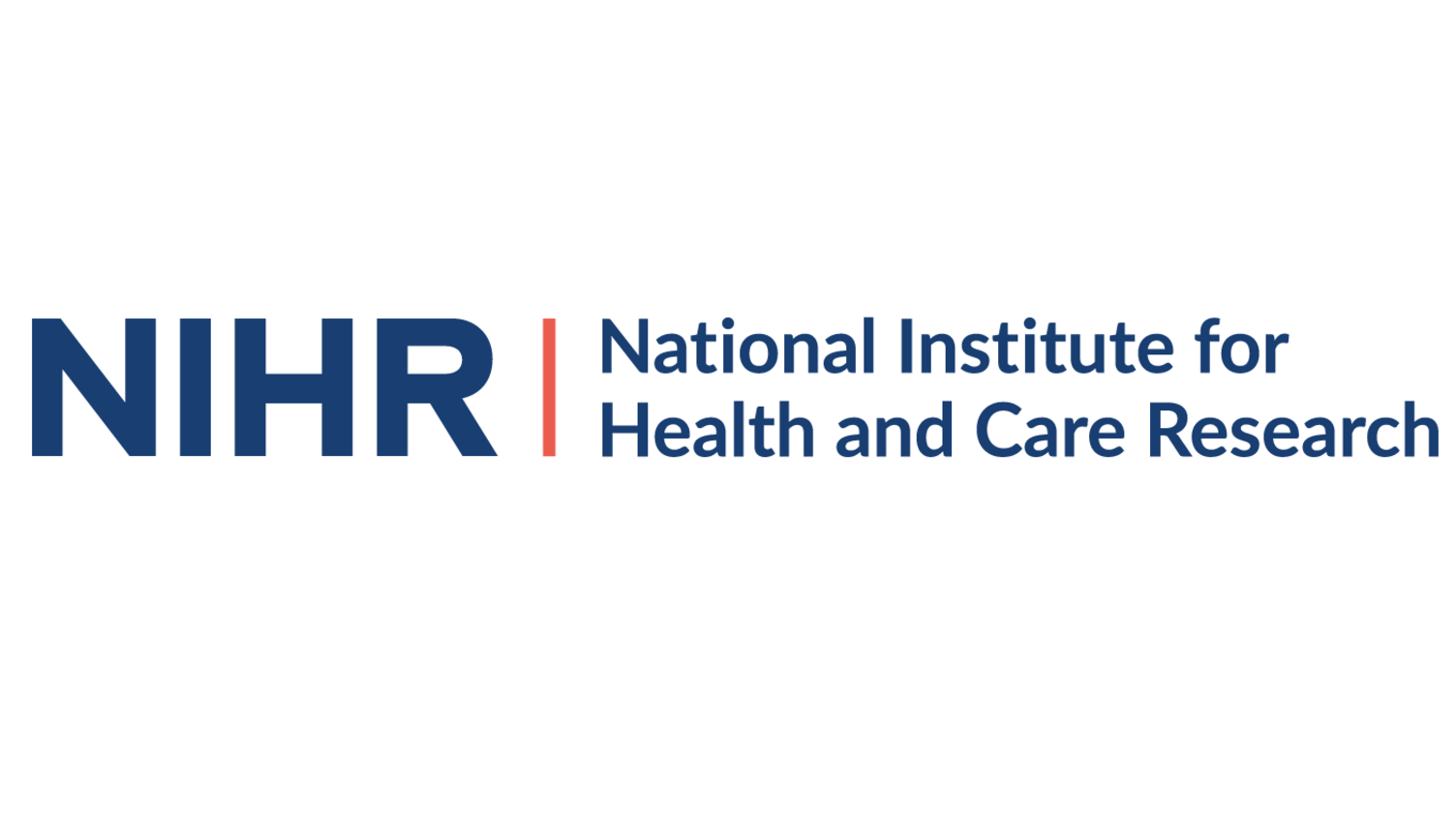EME Programme study to address one of the priorities from the JLA Sight Loss and Vision Partnership
- 24 September 2015
- 1 min read
A new EME Programme-funded study has recently got underway to test a treatment for keratoconus in children and young people.
The clinical trial is tackling one of the questions set by patients, family, carers and eye health professionals in the Sight Loss and Vision Priority Setting Partnership (PSP) led by Fight for Sight with guidance from the James Lind Alliance. The PSP set Top 10 lists of priority questions for researchers to answer in 12 different eye conditions.
Keratoconus affects the clear front surface of the eye (the cornea). Over time the cornea gets thinner and changes shape, which makes vision warped and blurry. Symptoms usually start in the teenage years although it is not normally diagnosed until the 20s.
The study, led by Dr Frank Larkin, a consultant at Moorfields Eye Hospital in London, is called the KERALINK trial. Dr Larkin and his co-investigators including Anne Kelpacz – a trustee at the UK Keratoconus Self-Help and Support Association, will test a treatment known as ‘collagen cross-linking’ to find out if it’s safe and whether it works in children and young people.
“Clinical trials of ophthalmic treatment devices are difficult to design but generate the most reliable information on safety and effectiveness” says Dr Larkin. “In regard to keratoconus, we are very pleased to have support to investigate corneal cross-linking in the younger age group. Patients that have disease onset in the childhood age group have the highest risk of progression to corneal transplantation. In the event that keratoconus is found to stabilise in participants randomised to cross-linking in the KERALINK trial, progression to the requirement for corneal transplantation will have been prevented in these patients.”
This is the second clinical trial funded by the NIHR to tackle one of the important questions highlighted by the JLA PSP. The first one, the FACT trial, is already looking at how outcomes from cataract surgery can be improved.


